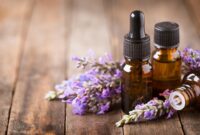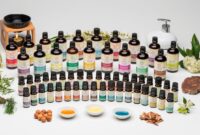How to make aromatherapy oils – Embark on a captivating journey into the art of crafting your own aromatherapy oils. Discover the secrets of extracting the therapeutic essence from nature’s botanical wonders. This comprehensive guide empowers you with the knowledge and techniques to create personalized blends that enhance your well-being and uplift your senses.
Delve into the world of aromatherapy oils, uncovering their myriad benefits and exploring the diverse applications that harness their aromatic power. Learn about the various methods of extraction, from the delicate cold pressing technique to the efficient steam distillation process.
Understand the role of blending and diluting essential oils, ensuring safe and effective use.
Introduction
Aromatherapy oils are concentrated plant oils that are used for therapeutic purposes. They are made by extracting the volatile compounds from plants through distillation, cold pressing, or other methods.
Aromatherapy oils have been used for centuries to treat a variety of ailments, including stress, anxiety, depression, headaches, and muscle pain. They can be used in a variety of ways, including inhalation, massage, and bathing.
Popular Aromatherapy Oils
- Lavender oil:Lavender oil is known for its calming and relaxing effects. It is often used to promote sleep, reduce stress, and relieve anxiety.
- Peppermint oil:Peppermint oil is known for its invigorating and stimulating effects. It is often used to improve focus, concentration, and energy levels.
- Tea tree oil:Tea tree oil is known for its antibacterial and antifungal properties. It is often used to treat acne, athlete’s foot, and other skin infections.
- Eucalyptus oil:Eucalyptus oil is known for its expectorant and decongestant properties. It is often used to treat colds, coughs, and sinus infections.
- Lemon oil:Lemon oil is known for its uplifting and refreshing effects. It is often used to improve mood, reduce stress, and boost energy levels.
Methods of Making Aromatherapy Oils
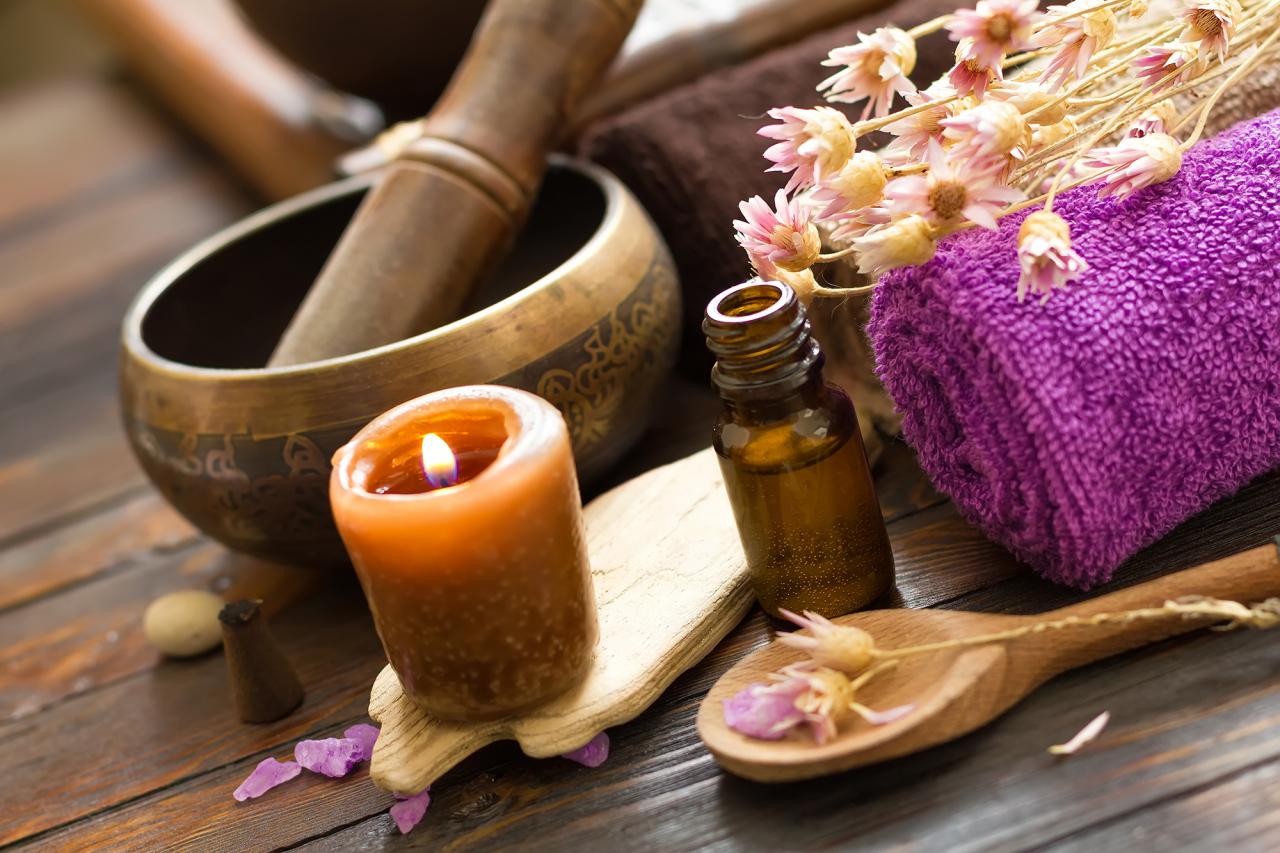
Aromatherapy oils, also known as essential oils, are concentrated plant oils that retain the natural smell and flavor of their source. These oils are made by extracting aromatic compounds from plants through various methods, including cold pressing, steam distillation, and solvent extraction.
Each method has its advantages and disadvantages, and the choice of method depends on the desired outcome and the type of plant material being used.
Cold Pressing Method
Cold pressing is a mechanical process that involves crushing or grinding plant material to release its oils. This method is commonly used for citrus fruits, such as oranges, lemons, and grapefruits, as well as for some herbs and flowers. Cold pressing does not involve the use of heat, which helps to preserve the delicate volatile compounds in the plant material.
As a result, cold-pressed oils tend to have a more intense aroma and flavor than oils produced by other methods.
Advantages of Cold Pressing
* Preserves the delicate volatile compounds in the plant material
- Produces oils with a more intense aroma and flavor
- Does not require the use of heat, which can damage the oils
Tips for Selecting Raw Materials for Cold Pressing
* Choose fresh, ripe plant material
- Avoid using bruised or damaged plant material
- Wash the plant material thoroughly before pressing
- Store the pressed oils in a cool, dark place
Blending and Diluting Aromatherapy Oils
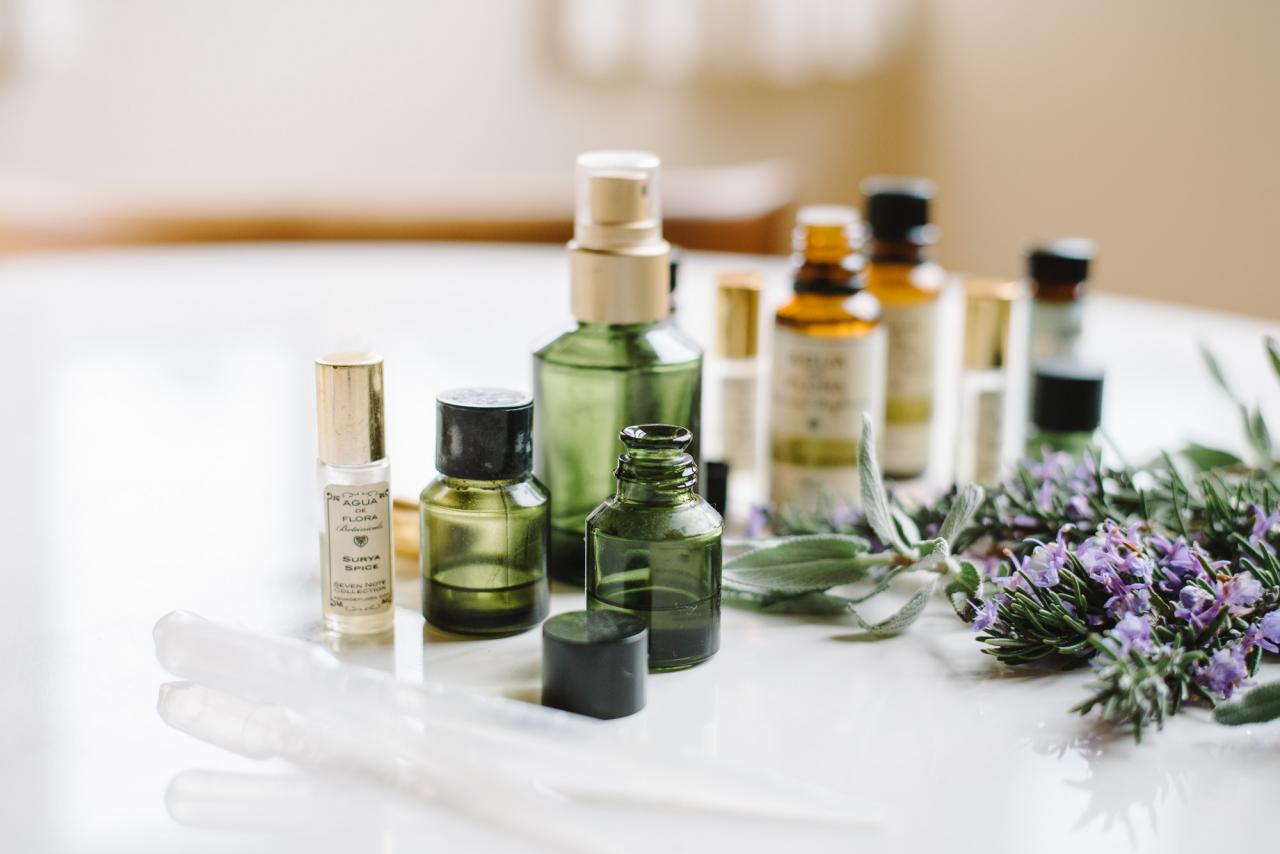
Blending and diluting essential oils are crucial steps in creating safe and effective aromatherapy oils. Blending involves combining different essential oils to create custom scents and therapeutic effects, while diluting involves reducing the concentration of essential oils by adding a carrier oil.
Carrier oils are typically vegetable-based oils that are used to dilute essential oils and make them suitable for topical application. Some common carrier oils include jojoba oil, coconut oil, and almond oil. Each carrier oil has its own unique properties, so it’s important to choose one that is appropriate for your intended use.
Choosing Carrier Oils
- Jojoba oil:A light, non-greasy oil that is similar to the skin’s natural sebum. It is a good choice for all skin types, including sensitive skin.
- Coconut oil:A solid oil at room temperature that melts when applied to the skin. It is a good choice for dry skin and hair.
- Almond oil:A light, nutty-scented oil that is rich in vitamins A and E. It is a good choice for all skin types, including sensitive skin.
Blending Essential Oils
When blending essential oils, it’s important to consider the therapeutic effects of each oil and how they will complement each other. Some common essential oil blends include:
- Relaxation blend:Lavender, chamomile, and ylang-ylang
- Energy blend:Peppermint, rosemary, and eucalyptus
- Pain relief blend:Wintergreen, peppermint, and clove
To create a custom blend, start by choosing a carrier oil and then add 2-3 drops of each essential oil. You can adjust the number of drops to suit your preference.
Diluting Essential Oils
It is important to dilute essential oils before applying them to the skin. This is because essential oils are highly concentrated and can cause irritation or sensitization if they are used undiluted.
The general rule of thumb is to dilute essential oils to a concentration of 2-3%. This means that for every 10 ml of carrier oil, you would add 2-3 drops of essential oil.
Formula:Drops of essential oil = (Desired concentration (%) x Volume of carrier oil (ml)) / 100
For example, to create a 2% dilution of lavender essential oil in 10 ml of jojoba oil, you would use the following formula:
Drops of lavender essential oil = (2% x 10 ml) / 100 = 0.2 ml
This is equivalent to approximately 4 drops of lavender essential oil.
Storage and Safety Considerations
To maintain the integrity and efficacy of aromatherapy oils, proper storage and handling practices are essential. Understanding potential hazards and implementing appropriate safety precautions ensures a safe and enjoyable experience with these natural remedies.
Essential oils are highly concentrated plant extracts, and their potency demands responsible use. Neglecting safety measures can lead to adverse effects, including skin irritation, respiratory issues, and allergic reactions.
Storage Methods
- Dark, Cool Place:Store oils in a cool, dark place away from direct sunlight and heat sources. Light and heat can degrade the chemical composition of oils, diminishing their therapeutic benefits.
- Airtight Containers:Keep oils in tightly sealed, dark-colored glass bottles. Exposure to air can lead to oxidation, compromising the oil’s quality and effectiveness.
- Limited Exposure:Avoid prolonged exposure to essential oils, as this can increase the risk of skin sensitization or respiratory irritation.
Safety Precautions
- Skin Contact:Most essential oils are highly concentrated and should be diluted with a carrier oil, such as jojoba or almond oil, before applying them to the skin. Undiluted oils can cause irritation or allergic reactions.
- Inhalation:Inhaling essential oils directly from the bottle or diffuser can be harmful to the respiratory system. Use diffusers with caution, ensuring adequate ventilation.
- Ingestion:Essential oils are not meant for ingestion and can be toxic if swallowed. Keep oils out of reach of children and pets.
- Pregnancy and Breastfeeding:Certain essential oils may be unsafe during pregnancy or breastfeeding. Consult a healthcare professional before using oils during these periods.
Safe Handling and Disposal
- Spill Cleanup:If an essential oil spills, clean it up immediately with a damp cloth. Avoid using harsh chemicals or abrasive cleaners.
- Disposal:Dispose of used essential oils and containers responsibly. Do not pour them down the drain or into the environment. Contact your local waste management facility for proper disposal guidelines.
Applications of Aromatherapy Oils
Aromatherapy oils have gained immense popularity due to their therapeutic properties. These oils can be applied in various ways to enhance well-being and address different ailments.
Diffusion
Diffusion is a common method of using aromatherapy oils. It involves dispersing essential oils into the air using a diffuser. Diffusers come in various forms, such as ultrasonic, nebulizing, and heat diffusers. The benefits of diffusion include:
- Creating a calming and relaxing atmosphere
- Improving air quality by eliminating odors and pollutants
- Promoting sleep and reducing stress
Topical Use, How to make aromatherapy oils
Aromatherapy oils can be applied topically to the skin, but it is important to dilute them with a carrier oil, such as coconut oil or jojoba oil, before applying. Topical application can provide localized benefits, such as:
- Reducing inflammation and pain
- Promoting wound healing
- Improving skin health
Inhalation
Inhaling essential oils directly from the bottle or using an inhaler can provide immediate therapeutic effects. Inhalation can:
- Clear congestion and improve breathing
- Reduce stress and anxiety
- Boost energy and alertness
Final Conclusion
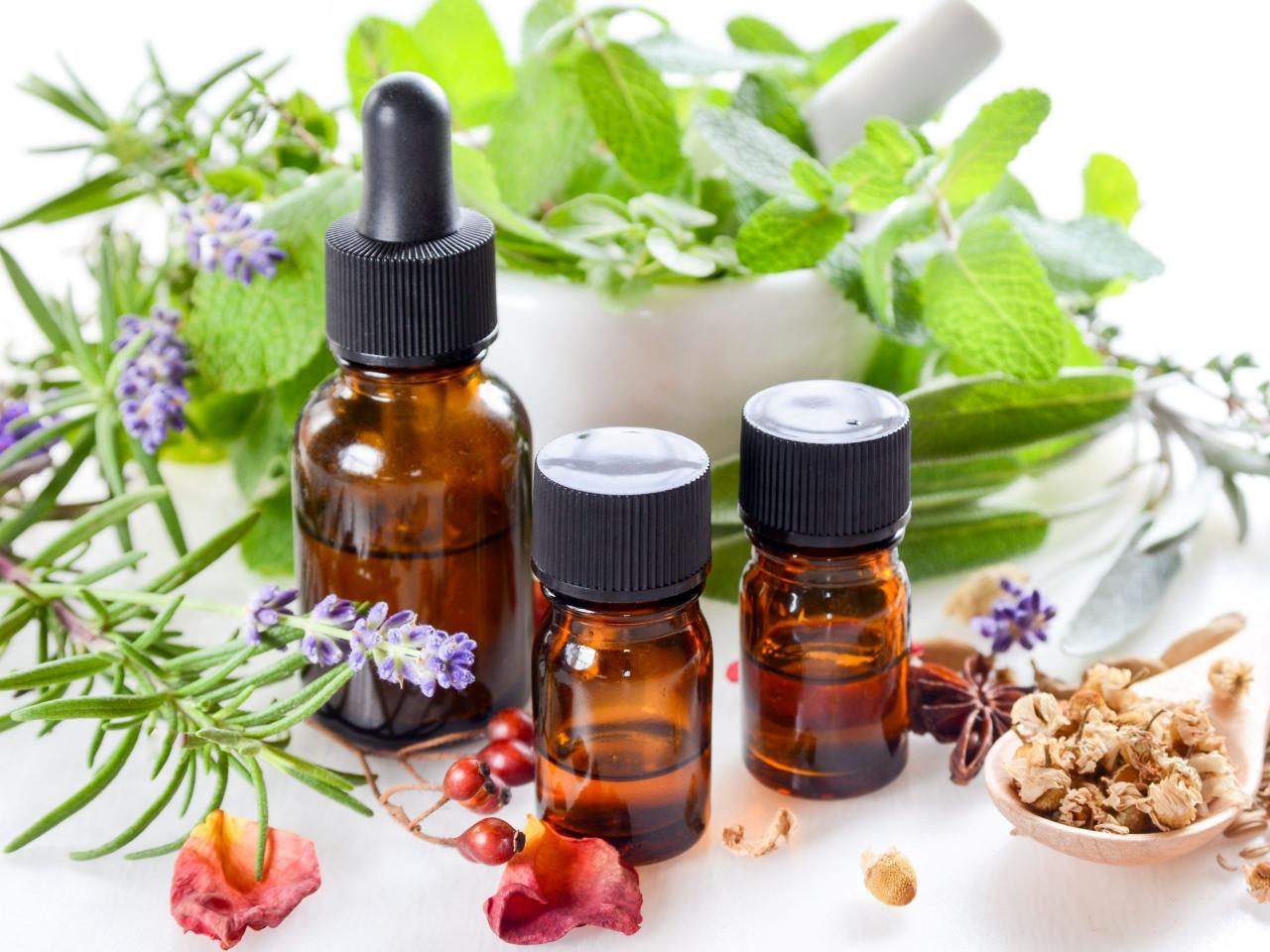
As you embark on this aromatic adventure, remember the importance of responsible sourcing, proper storage, and mindful application. Embrace the transformative power of aromatherapy oils, allowing their fragrant embrace to soothe your mind, revitalize your body, and inspire your spirit.
May this guide serve as your trusted companion, empowering you to create your own symphony of scents that enhance your daily life.
Popular Questions: How To Make Aromatherapy Oils
What are the benefits of using aromatherapy oils?
Aromatherapy oils offer a wide range of therapeutic benefits, including relaxation, stress relief, improved sleep, pain management, and mood enhancement.
What are the different methods of making aromatherapy oils?
Aromatherapy oils can be made using various methods, including cold pressing, steam distillation, and solvent extraction.
How do I blend and dilute aromatherapy oils?
Blending and diluting essential oils is essential for safe and effective use. Carrier oils, such as jojoba or almond oil, are used to dilute essential oils before applying them to the skin.
How should I store aromatherapy oils?
Aromatherapy oils should be stored in dark glass bottles away from direct sunlight and heat. Proper storage helps preserve their potency and quality.

